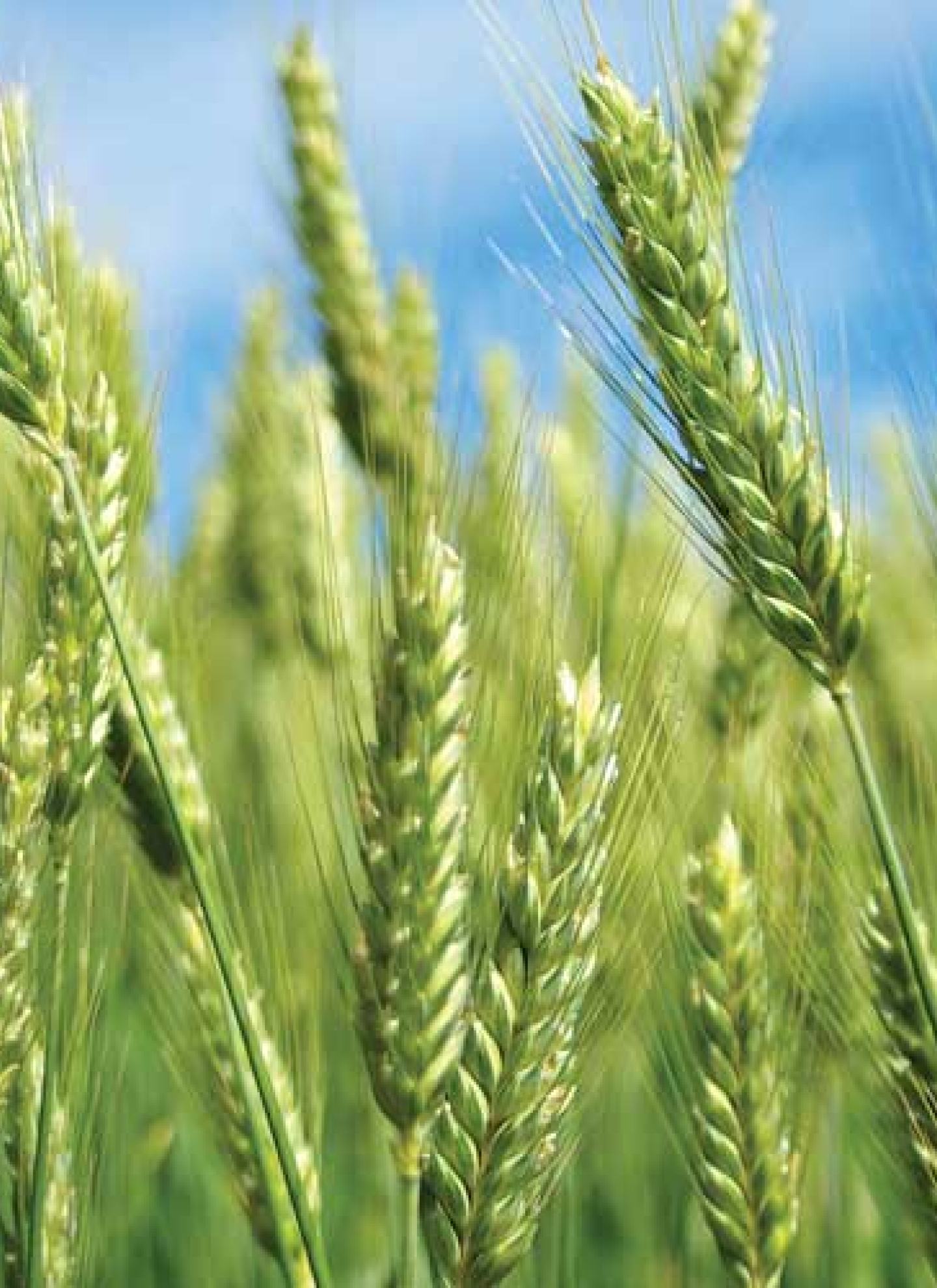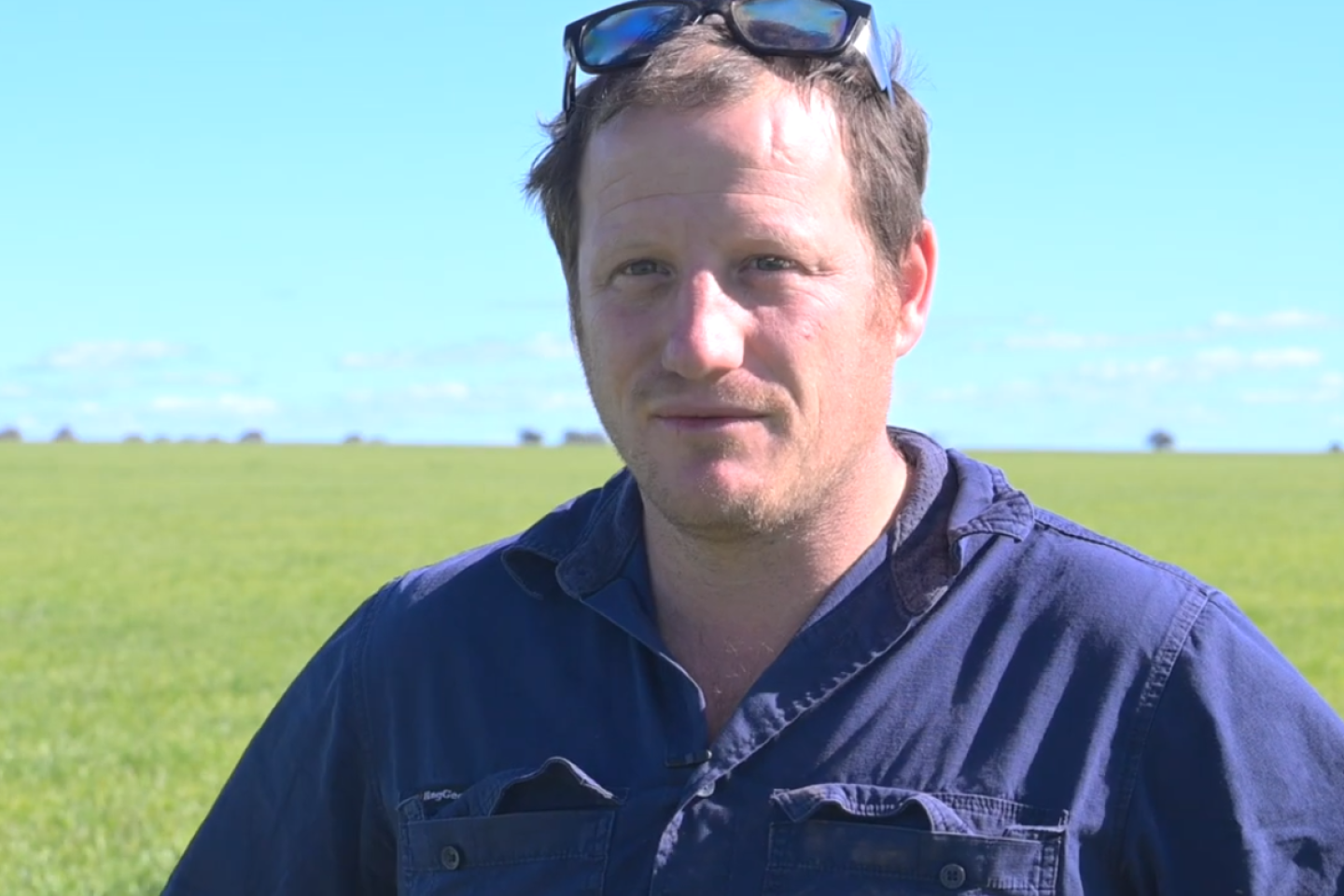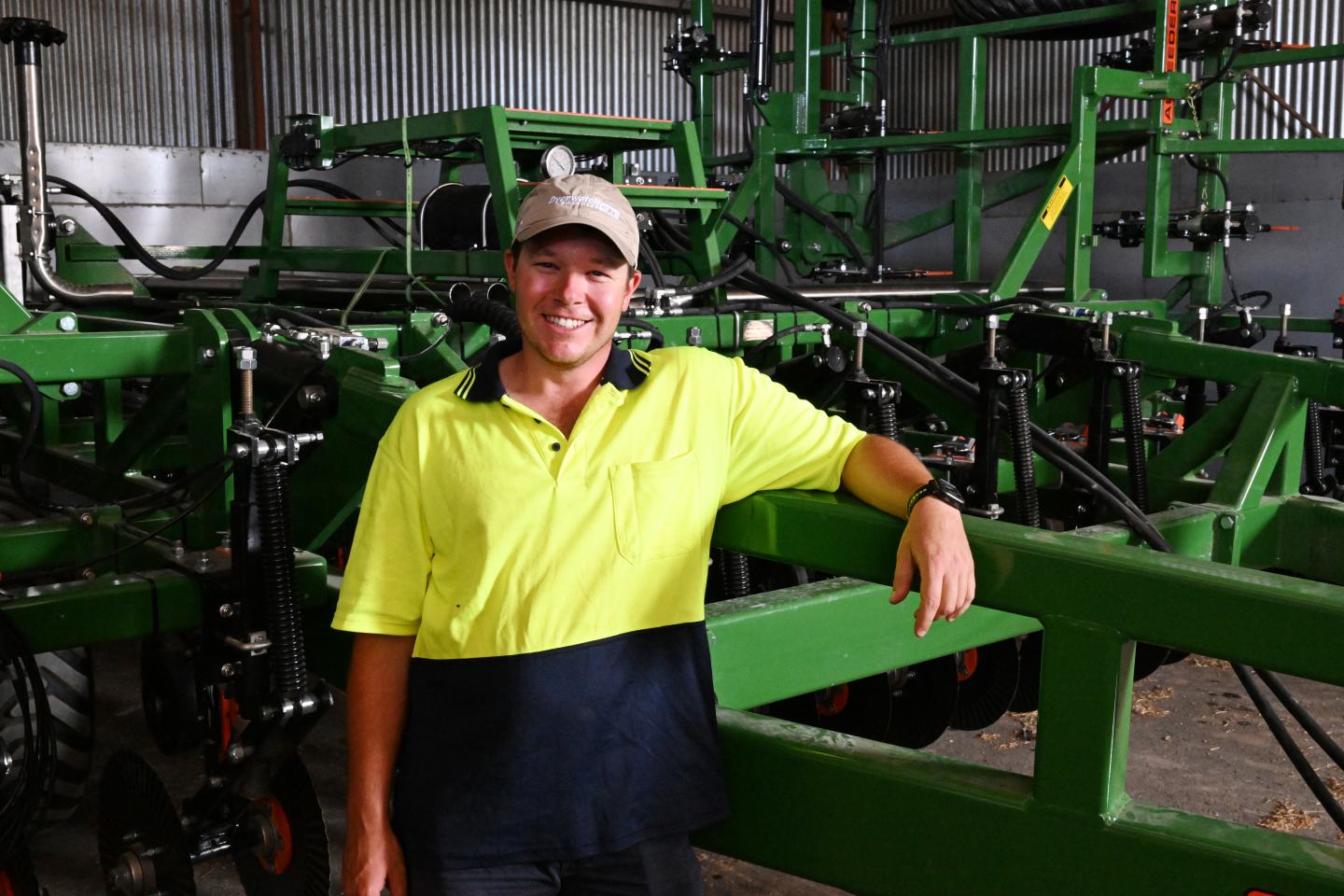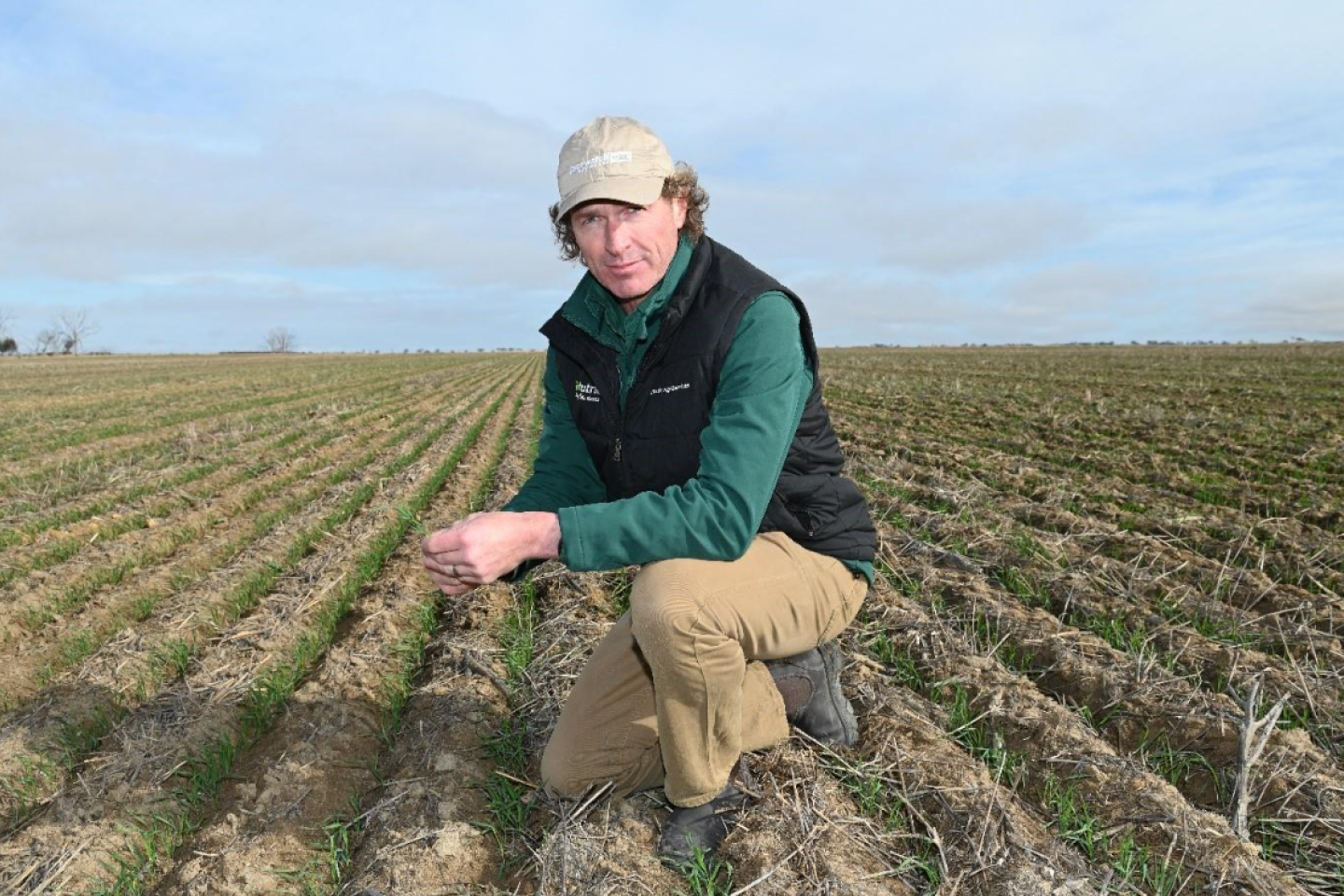On-farm trials over several seasons has led to Overwatch® Herbicide becoming a key part of the ryegrass management program in wheat and barley on the Kreig property at Kangaroo Flat, 40 kilometres north of Adelaide in South Australia.
Josh Kreig is a sixth-generation farmer and helps farm 3,000 hectares of wheat, barley, canola, beans, lentils and durum wheat.
He said Overwatch® Herbicide was the pick of the herbicides and was now a mainstay in their cereal phase.
“We've done trials for the last few years, and I've seen the results,” he said. “There are a couple of others that we've trialled as well, but I have found Overwatch® Herbicide works better on our farm.”
He said the main weed problems on the property were ryegrass and brome grass. In previous years it was wild radish and they also had issues with bifora.
The Overwatch® Herbicide label has control of annual ryegrass and bifora, and suppression of brome grass and wild radish.
“Any ryegrass that does come through, you can tell it's not going to survive,” Mr Kreig said. “It does go that pink colour and then dies. We're seeing reduced numbers of the actual germination to start with."
“It is also helping brome. We never expected it. It's on the label for suppression and we certainly are seeing suppression. In some paddocks that's been enough. In others, we've still had to use the Imi herbicide option.”
“Overwatch® Herbicide has definitely made a difference on bifora and a lot of our wild radish plants. It seems to be hitting them pretty hard, too.”
Durum wheat is grown on the property and the fit of Overwatch® Herbicide to the crop has been really positive.
“Durum's always been a tricky one for us,” Mr Kreig said. “We have found a lot of damage with other pre-emergent herbicides so that's always been a bit of a challenge for us. Being able to use Overwatch® is a game changer for durum. We have used Overwatch® on it this year and it's been good.”
“There were a couple of paddocks of faba beans we used it on this year as well. It was one of our dirtiest paddocks that clethodim won’t touch anymore, and Overwatch® just absolutely smoked the ryegrass.”
“We were really impressed with that. It does fascinate me with the level of control of weeds like radish and bifora, that you can still put it on faba beans and the canola. The variety of crops you can use it on, and the variety of weeds that it kills is impressive”
He said they had worked with FMC field staff during the pre-launch phase and learnt how to sow the crops to minimise the potential bleaching associated with Overwatch® Herbicide.
“Make sure you put the seed nice and deep and avoid the soil throw. Anywhere we sowed with Overwatch® we dropped back our seeding speed one kilometre per hour just to avoid a bit of throw.
“Where we had big heavy rains, we still had issues, but it does grow out of it.”
Mr Kreig said crop rotations and chemicals were the main tools used for weed control, with imi-tolerant crops playing a role for in-crop herbicide applications.
Pre-emergent options, like Overwatch® Herbicide, are still the mainstay of the program and important to ensure they get the best possible chance to control weeds early in the season.
A typical rotation on their farms is wheat, barley, canola, lentils or faba beans and then back to wheat.
Herbicides are also rotated through the crop rotations to try to reduce the likelihood of resistance going forward.
“Overwatch® is good,” Mr Kreig said. “We used it on wheat this year but that paddock might be a lentil crop next year, so we won’t be using it there again. Next year there'll be another chemical group that we will use."



